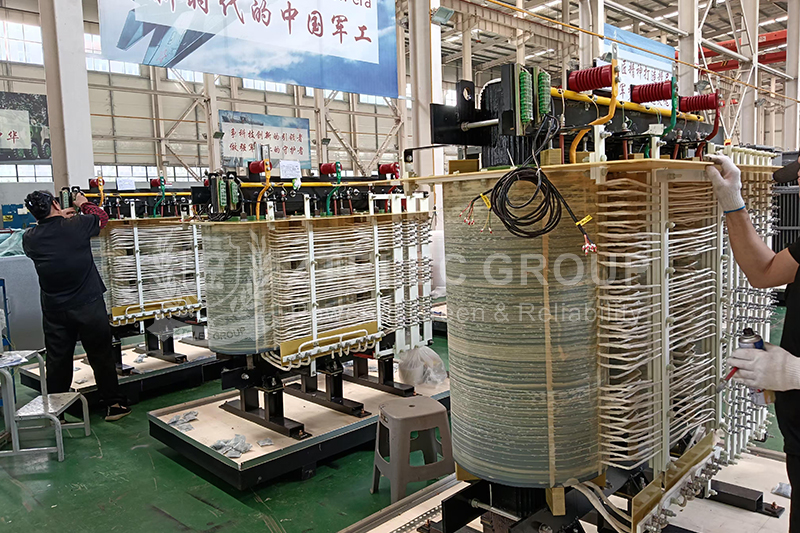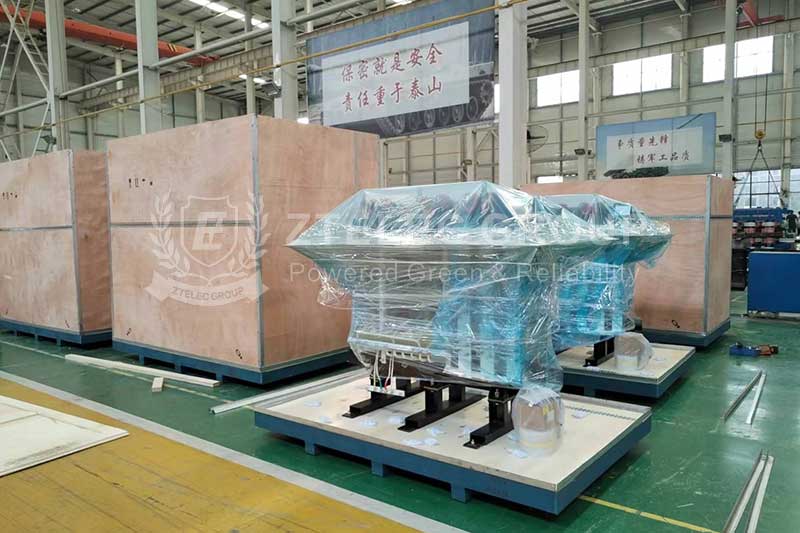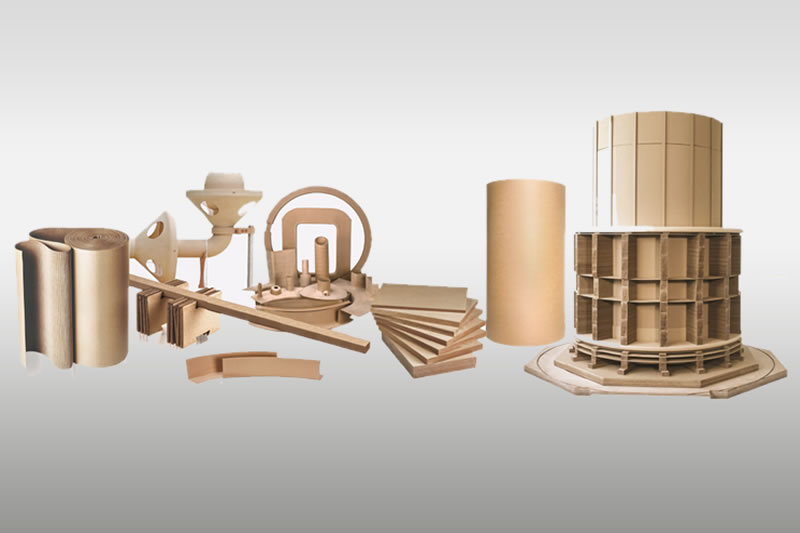Good insulating material must satisfy some chemical mechanical electrical and thermal requirements
Insulation materials isolate point parts from other parts in a variety of electrical equipment, electrical instruments and meters. They play the role of mechanical support and fixation, as well as arc extinguishing, heat dissipation, energy storage, moisture-proof, mildew proof or improve the electric field potential distribution and protect the conductor. The insulation material adopted and the new technology of reasonable use of insulation material have a significant effect on improving the performance cost ratio and power weight ratio of electrical equipment. In addition, good electrical insulating material must satisfy some chemical mechanical electrical and thermal requirements.

Insulating material is also called dielectric, which can be divided into gas, liquid and solid according to the state of matter. Air, hydrogen, nitrogen, carbon dioxide, sulfur hexafluoride and methane are good gas insulated material. Transformer oil, switch oil, capacitor oil, cable oil and other mineral oil, such as dodecyl benzene, polyisobutylene, silicone oil and chemical biphenyl are excellent liquid insulation materials. Solid insulation materials commonly used in insulating paint, paper, cardboard, and fibre products, linoleum, paint tube and binding with insulation fiber impregnated products, mica products, plastic, rubber, electrical glass and ceramic etc.
- more+releated article
- 2026-01-04Common Power Transformer Faults: Causes, Solut
- 2025-12-312026 New Year Holiday Notice
- 2025-12-31Operation, Maintenance, and Service Life Manag
- 2025-12-30How to Select a 100 kVA–500 kVA Distribution
- 2025-12-29The Impact of NHN NMN Composite Insulation on
- 2025-12-26Practical Application of GPO-3 Insulation Boar
- 2025-12-2510kV Transformer Replacement Timeline: Install
- 2025-12-25Low Smoke EN45545 GPO3 UPGM203 Laminated Board
- 2025-12-24Merry Christmas — ZTelecgroup Christmas Cele
- 2025-12-24How to Select a Suitable 50kVA–500kVA Distri





